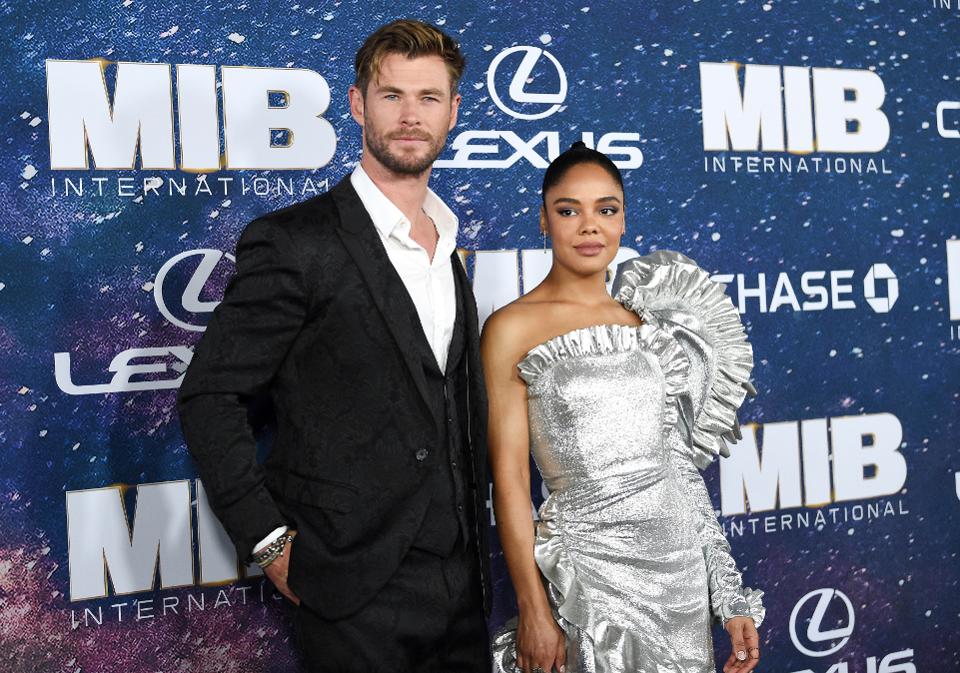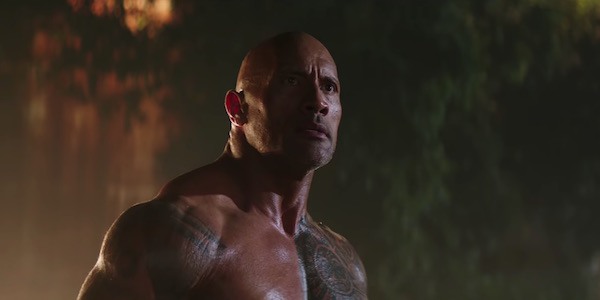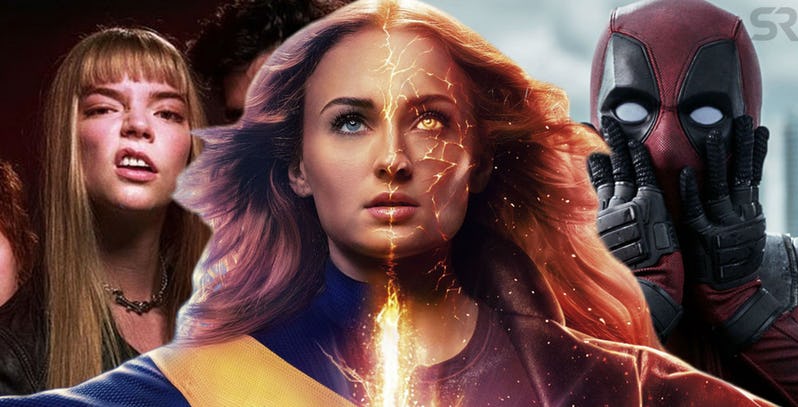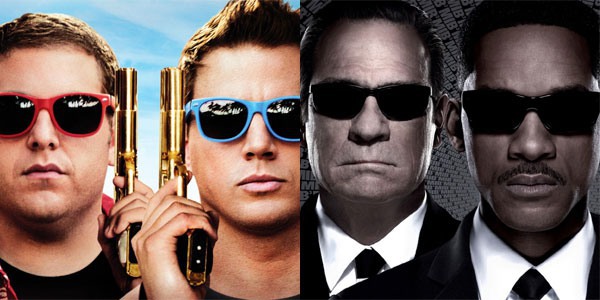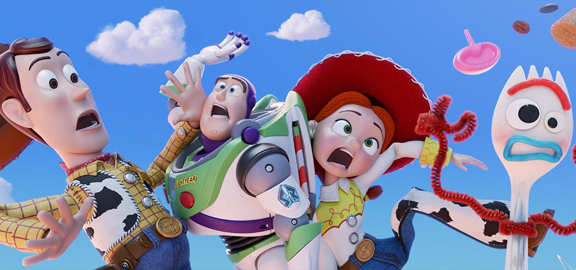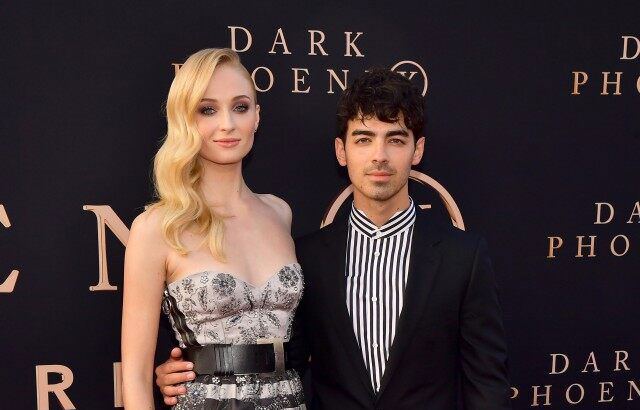This weekend finds Chris Hemsworth and Tessa Thompson teaming up once again. In 2017 it was for Thor: Ragnarok, but tomorrow it will be for Men in Black: International.
This will be the fourth installment in the Men in Black series, and the first to not feature Will Smith in a leading role.
As noted in Will Smith’s complete box office rankings, all three MIB films rank very high on the list ranking his incredibly successful box office career, with the original Men in Black ranking #2 when earnings are adjusted for ticket price inflation.
Needless to say, Men in Black: International has some heavy competition from its franchise heading into the weekend. Let’s break down how each of the MIB films has performed at the box office in order to determine how successful International’s earnings will be.
Men in Black
The original MIB film saw the unlikely pairing of Will Smith and Tommy Lee Jones back in 1997. They played Agent J and Agent K, who are essentially policemen who monitor alien activity on our planet.
Thanks to buzz surrounding film and positive reviews (92% on Rotten Tomatoes), Men in Black opened on July 2, 1997 with a $51.1 million weekend. Over the course of its U.S. run, it accrued $250.7 million. It went on to add $338.7 million worldwide, for a grand total of $589.4 million.
Men in Black II
The return of Agent J and Agent K was less prosperous at the box office. Men in Black II, which takes place five years after the events of the first film, sees Jones’ character come out of retirement to help Smith’s character solve a case.
Poor reviews didn’t help Men in Black II (39% on Rotten Tomatoes). While its opening weekend of $52.1 million actually topped its predecessor, its total domestic gross only stood at $190.4 million. Worldwide, it made much less as well, with only $441.8 million.
Men in Black III
Released a whole 10 years later in 2012, Men in Black III finds Will Smith’s character going back in time to work with a younger version of Agent K (played by Josh Brolin) to solve a case.
Believe it or not, partly thanks to a return to positive reviews (68% on Rotten Tomatoes), the third film in the series owns the best worldwide numbers. While its domestic opening weekend only saw $54.6 million, its first three days in foreign markets produced $135.3 million. In total, the film grossed the least amount in the States with $179 million, but the most worldwide with $624 million.
The Rankings
Here is how each film ranks on both the domestic and worldwide lists. We’ll also adjust each film’s earnings to see what they would have made in 2019.
First, the domestic rankings:
Men in Black ($250.7 million)
Men in Black II ($190.4 million)
Men in Black III ($179 million)
Now the worldwide rankings:
Men in Black III ($624 million)
Men in Black ($589.4 million)
Men in Black II ($441.8 million)
And finally, here’s the list when we adjust all three movies to match 2019’s inflated ticket prices domestically:
Men in Black ($492.1 million)
Men in Black II ($295.3 million)
Men in Black III ($199.2 million)
Soon, we’ll find out where the Men in Black: International stands in the franchise’s storied success.

